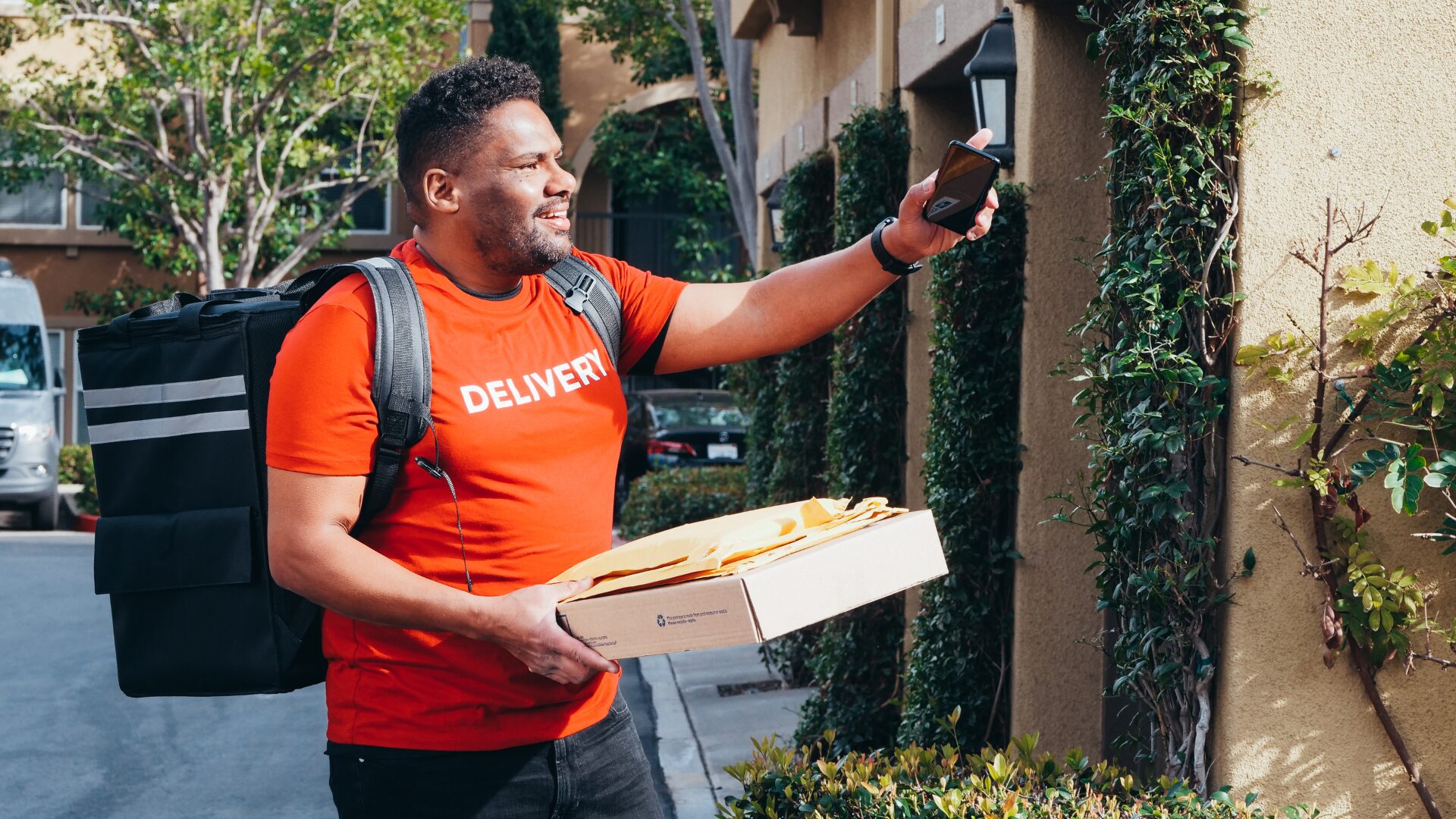Merger and acquisition activity in the food and beverage industry heated up in 2021, making up for lost time in the early days of the pandemic, but industry experts told The Food Institute the trend was well underway long before COVID-19 temporarily upended the economy.
M&A activity likely will set a record for industry transactions this year, Duff & Phelps predicted in its fall 2021 analysis. The 12-month period that ended Sept. 30 saw a record 381 deals closing, and third quarter volumes were reported higher than the preceding year’s, 97 versus 85.
The pace is not expected to slow.
“We anticipate a busy Q4 ahead, as buyers and sellers push to get deals over the finish line before 2021 comes to a close. With such a crowded marketplace and limited bandwidth on all sides, we believe additional food and beverage deal launches may get held back until January 2022 – setting the stage for another banner year in transaction activity,” the analysis said.
The trend is not limited to the food and beverage industry. Dykema Gossett’s annual M&A Outlook Survey indicated 44% of respondents saw the pandemic as having a positive effect on merger activity and 81% said special purpose acquisitions would be very or somewhat strong in 2022.
WHAT TRIGGERED THE TREND
This merger mania began in 2019 as businesses sought economies of scale. The pandemic exacerbated the need, especially in the food and beverage industry, as companies sought to expand customer bases amid exponential growth in online purchases and deliveries.
Jay Desai, partner with Kainos Capital, explained during a recent webinar hosted by The Food Institute that there’s a lot of capital floating around.
“We see a lot of very large funds making deals at the lower levels – kind of a deal they might not have looked at beforehand, given the size, that they’re now spending more time with. So, we do see more competition that way,” he said.
“There are many, many deals out there – more than in my career that I’ve ever seen at one period of time.”
Scott Moses, who heads up the grocery, pharmacy and restaurants group at Solomon Partners, told The Food Institute in response to a query the pandemic delayed the consolidation wave, with the grocery giants – Amazon/Whole Foods, Walmart, Target/Shipt, Costco, Aldi and Dollar General – reaping the most benefit. Amazon alone has seen its cash flow increase by more than $20 billion since early 2020.
“As the grocery giants crowd out regional grocers from labor and supply allocations, they exacerbate regionals’ operating challenges, undermining their value proposition and market share,” he said. “These pressures are again catalyzing the exigency for mergers.”
THE KEY, CURRENT FACTORS
Briggs Capital partner Stuart Robles said supply chain woes also are playing a role.
“Big chains feel they need even more market power than they already possess to have a stronger hold on food suppliers,” Robles said. “They also want to increase their footprint, more geographical coverage means more ability (and theoretically agility) to leverage locations to minimize shortages, be able to store, bulk up on, and redistribute product as needed, turn distribution centers on and off, convert/reconvert retail to dark store and back if needed, etc. Simply be bigger and stronger to be able to withstand the unpredictability of the supply chain and consumer preferences in the post-pandemic digital age.”
Compliance regulations also are an issue.
“Compliance requirements and investments in technology are making things more challenging like food packaging and traceability, which is an important element of compliance letting consumers know where their food is coming from,” said David Braun, founder and CEO of the M&A consulting firm, Capstone Strategic. “Furthermore, technology advances with [third party logistics] type investments are very expensive and add to the complexity of an already overburdened logistical system.
“Lots of things are coming together that suggest we will continue to have continued mergers, not only in grocery chains, but also throughout the value chain of food from farm to table and the processes that comprise it.”












